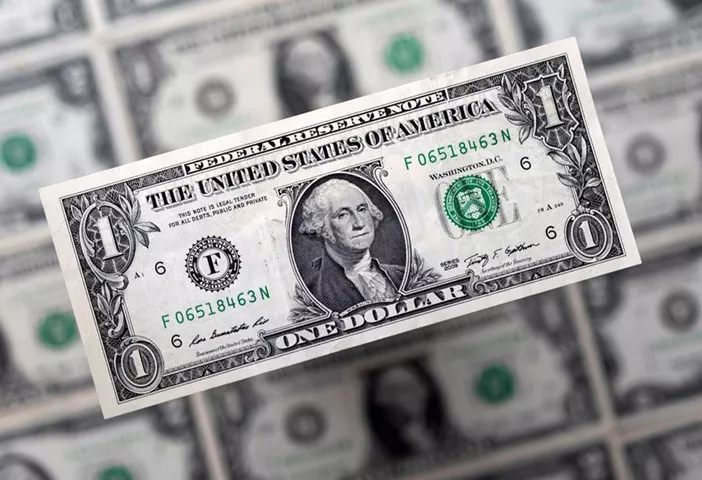The US Dollar started the week weaker against major currencies. Investors are cautious about the US economic outlook after President Donald Trump’s recent tariff threats. US stock and bond markets remain closed Monday for Memorial Day.
The dollar fell most sharply against the New Zealand Dollar. Other currencies like the Euro and British Pound also gained ground. The USD Index dropped nearly 2% last week and continued to slide Monday, hitting its lowest level in a month near 98.80.
On Friday, President Trump proposed a 50% tariff on imports from the European Union, saying talks were not progressing. He also threatened tariffs on Apple iPhones made outside the US and hinted at similar moves against Samsung products. However, on Sunday, Trump agreed to delay the EU tariff deadline until July 9 after speaking with European Commission President Ursula von der Leyen.
Meanwhile, US Senator Ron Johnson expressed doubts about passing Trump’s spending and tax cut bill without serious deficit reduction.
Currency movements Monday reflected the dollar’s weakness. The Euro rose above 1.1400 against the dollar, hitting a multi-week high. The British Pound climbed above 1.3550, its highest since February 2022. The Japanese Yen remained steady below 143.00 after last week’s decline.
Gold prices, boosted by safe-haven demand, pulled back slightly Monday but stayed near $3,350. The Canadian Dollar and Australian Dollar also strengthened, with USD/CAD falling below 1.3700 and AUD/USD reaching a 2025 high above 0.6500.
In summary, the US Dollar’s decline reflects growing concerns over trade tensions and fiscal policy uncertainty, influencing global currency markets as investors seek safer or more stable assets.


